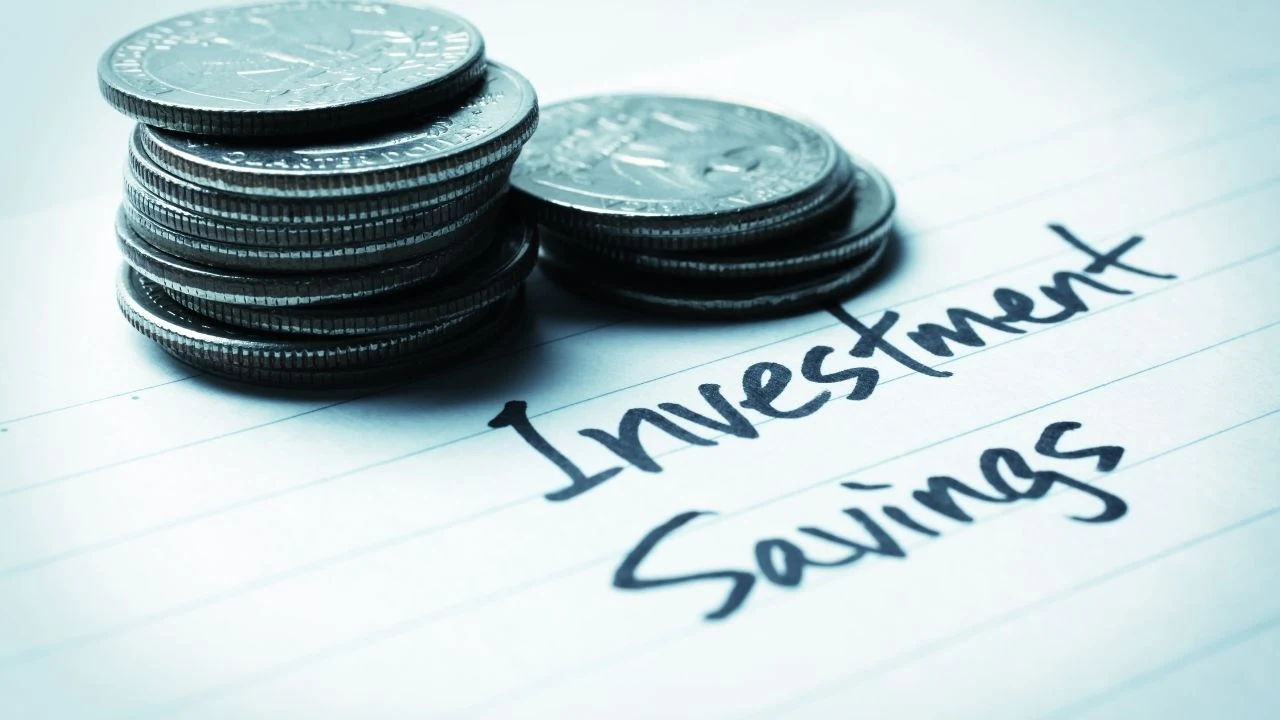
|
Know your current financial situation.
Sit down and take an honest look at your entire financial situation. You can never take a journey without knowing from where you're starting, and a journey to financial security is no different.
You'll need to figure out on paper your current situation – what you own and what you owe. You'll be creating a net worth statement. On one side of the page, list what you own. These are your assets. On the other side, list what you owe other people, your liabilities or debts.
Your Net Worth Statement
| Assets | Current value | Liabilities | Amount |
|---|---|---|---|
| Cash | Mortgage balance | ||
| Chequing account | Credit cards | ||
| Savings | Bank loans | ||
| Cash value of life insurance | Car loans | ||
| Retirement accounts | Personal loans | ||
| Real estate | Real estate | ||
| Home | Other | ||
| Investments | |||
| Personal property | |||
| Other | |||
| Total | Total |
Subtract your liabilities from your assets. If your assets are larger than your liabilities, you have a positive net worth. If your liabilities are greater than your assets, you have a negative net worth.
You'll want to update your net worth statement every year to keep track of how you are doing. Don't be discouraged if you have a negative net worth. If you follow a plan to get into a positive position, you're doing the right thing.
Know your income and expenses.
The next step is to keep track of your income and your expenses for every month. Write down what you and others in your family earn, and then write down your monthly expenses.
Pay yourself or your family first.
Include a category for savings and investing. What are you paying yourself every month? Many people get into the habit of saving and investing by following this advice: Always pay yourself or your family first. Many people find it easier to pay themselves first if they allow their bank to automatically remove money from their paycheque and deposit it into a savings or investment account.
What is likely even better, for tax purposes, is to participate in an employer-sponsored pension plan. These plans will typically not only automatically deduct money from your paycheque, but will immediately reduce the taxes you are paying. Additionally, in many plans the employer matches some or all of your contribution. When your employer does that, it's offering free money. Any time you have automatic deductions made from your paycheque or bank account, you'll increase the chances of being able to stick to your plan and to realise your goals.
Finding Money to Save or Invest
If you are spending all your income and never have money to save or invest, you'll need to look for ways to cut back on your expenses. When you watch where you spend your money, you will be surprised how small, everyday expenses that you can do without add up over a year.
| Monthly income and Expenses | ||
|---|---|---|
| Monthly income | ||
| Monthly expenses | ||
| Savings | ||
| Investments | ||
| Housing | ||
| Rent or mortgage | ||
| Electricity | ||
| Gas or oil | ||
| Telephone | ||
| Water and sewer | ||
| Property tax | ||
| Furniture | ||
| Food | ||
| Transportation | ||
| Loans | ||
| Insurance | ||
| Education | ||
| Recreation | ||
| Child care | ||
| Health care | ||
| Gifts | ||
| Other | ||
| Total | ||
Reference:
U.S. Securities and Exchange Commission (SEC) (n.d.). Your first step—Making a financial plan (pp. 4–7). In Saving and investing: A roadmap to your financial security through saving and investing (SEC Pub. No. 009 [06/11]). Retrieved 24 December 2018 from https://www.sec.gov
